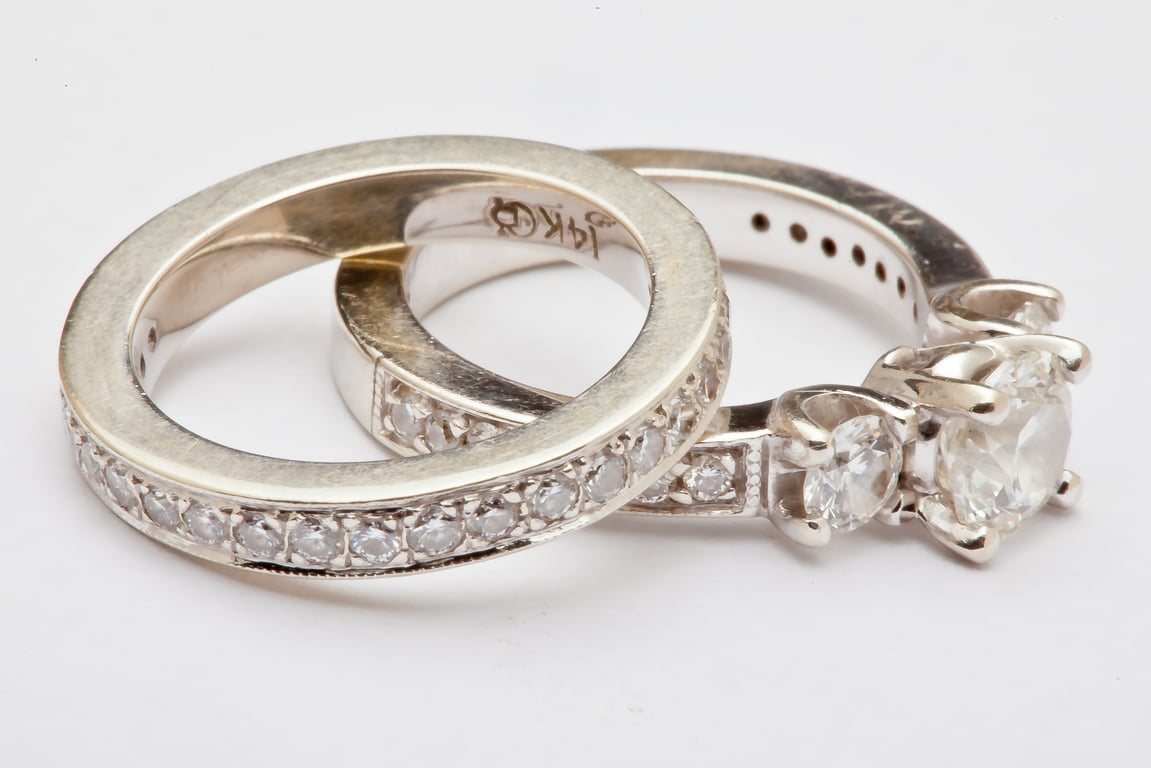In May West's opinion, a gifted diamond shines so much better than the one you buy for yourself. While this thought holds significance in terms of relations, bonding, and love the gem symbolizes, you may want to look beyond the sentimental value of a diamond when it comes to shine.
So, what is Sparkle Anyway if not Just Glitters? Of course, one of the apparent reasons to fall in love with these royal gems is their sparkle. You get bedazzled by the glitter! But a diamond's sparkle is way more than mere glitter. When white light reflects through the bottom facets of a diamond, it creates brilliance or sparkle. This light disperses up to crown facets creating mini flashes throughout the diamond, thus causing it to scintillate.
Best cut for diamond sparkle
It is safe to say the more facets a diamond is cut in, the more sparkle it dazzles. That's precisely what gem cutters do! They add small, triangular facets to the stone to multiply its brilliance. The generic term for this cut is brilliant-cut, and an ideal brilliant-cut diamond would have facets near 58 to give it the signature sparkle display. Another spectacular yet less brilliant series of cuts is the step-cut, where a diamond is subjected to non-traditional shapes and dramatic flashes.
We have rated the top diamond cuts for you that exhibit surreal brilliance.
Round Brilliant Cut
Round Brilliant Cut tops the chart when it comes to sparkle. The classic diamond form of a round-cut diamond makes it one of the most popular and lavish-priced options. Gem cutters need more diamond rough to cut away to give the ideal 58 facets with exact proportions and symmetry compared to fancy cuts because these are made from unusually shaped raw diamonds, making them cheaper and simpler to cut.
Mark Tolkowsky first designed the ideal brilliant-cut round shape in 1900. They're graded from Ideal to poor as per grade cut, and so are the prices. Thus, if it's the lab created diamond you sought, you can go for a superior grade within the same budget. In a previous article, we just wrote about 10 facts about lab created diamonds.
Princess-Cut Diamond
The shape of a princess cut diamond is typically square, though occasionally, it may be more rectangular. Princess cuts contain 58 facets, just like round-cut diamonds, so they provide you with a lot of shine but are cheaper by some 25% than the round-cut. With a lab-grown diamond as your choice for the ideal engagement ring, you can save even more or opt for a round cut at the same price.
Cushion-Cut Diamonds
The cushion cut diamond, with a rectangular shape, rounded towards the edges, is the reason behind its name. They aren't as magnificent in sparkle as the former two but display a gorgeous rainbow-esque light. They are the cheapest trio and are available in chunky and crushed ice styles that indicate various facets.
Mostly the square or elongated cushions bedeck engagement rings.
Oval-Cut Diamonds
Oval cut diamond in shape with 56 facets, these are sought for a vintage diamond ring as they appear bigger than round-cut. They have a bow-tie effect that may be appealing to some buyers.
Marquise-Cut Diamonds
Marquise cut diamond is a beautiful one found in unique narrow, elongated shapes. They aren't prevalent in engagement rings due to less sparkle, but they are cheap and surprisingly cut to 56 facets.
Pear-Cut Diamonds
These beautiful pear-shaped diamonds are cut in 58 facets but are surprisingly quite dull. They are hard to find mostly because of the poor cut and are only popular for their unique shape.
Heart-Cut Diamond
You might be surprised to learn that the symbolic heart shape isn't the most popular choice for an engagement ring, probably because the heart cut diamond is only distinctly visible when a 5-carat stone or above has opted for.
The Fire You Desire!
It all comes down to facets when considering a glistening diamond's sparkle, brilliance, and scintillating effect. Round-cut would always be the dearest in this regard, although there are other factors like clarity and color to look into when choosing a diamond.














